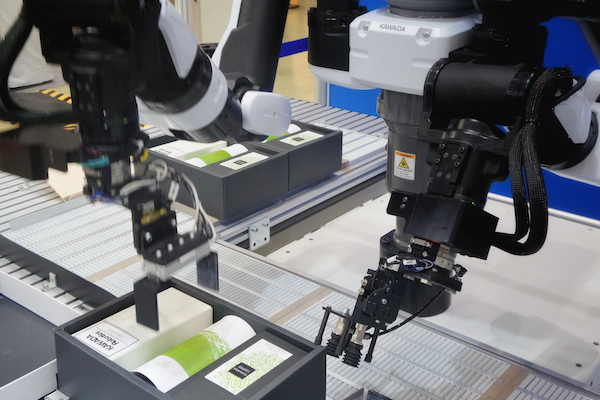Seeding your lawn isn’t so bad. Basically you clear and prep the soil, spread seed, water, and in good time, you’re mowing and edging beautiful green grass. That is of course assuming yours isn’t the size of the White House lawn. That’s a little more labor-intense. Imagine if you had to seed Yankee Stadium? Or Augusta. Obviously, those who landscape at that scale use machines — large, industrial machines manned by teams of workers. Baseball fields are roughly 120,000 square feet (2.75 acres). Augusta National Golf Club sits on 365 acres (or about 16 million square feet) of rolling green real estate. The jump from seeding your own front yard to seeding The Masters is a 147,000 percent increase. In other words, the difference in labor is difficult to fathom. A similar kind of dynamic exists with data.
As of 2017, 90 percent of all data that had ever been created was generated in the previous two years. We shudder to think about how much more data the world has accumulated in the last three years alone. It’s not all Netflix streams and cat memes either. Considering how much product is consumed by the global population, there are several metric tons of data being generated by the supply chain too; machine automation makes sure of it. But with the arrival of Industry 4.0 and the proliferation of smart manufacturing, our galaxies of data are becoming boundless universe. Like holding out a fistful of seed against those 16 million square feet of Georgia earth, managing it all might feel impossible.
![]()






